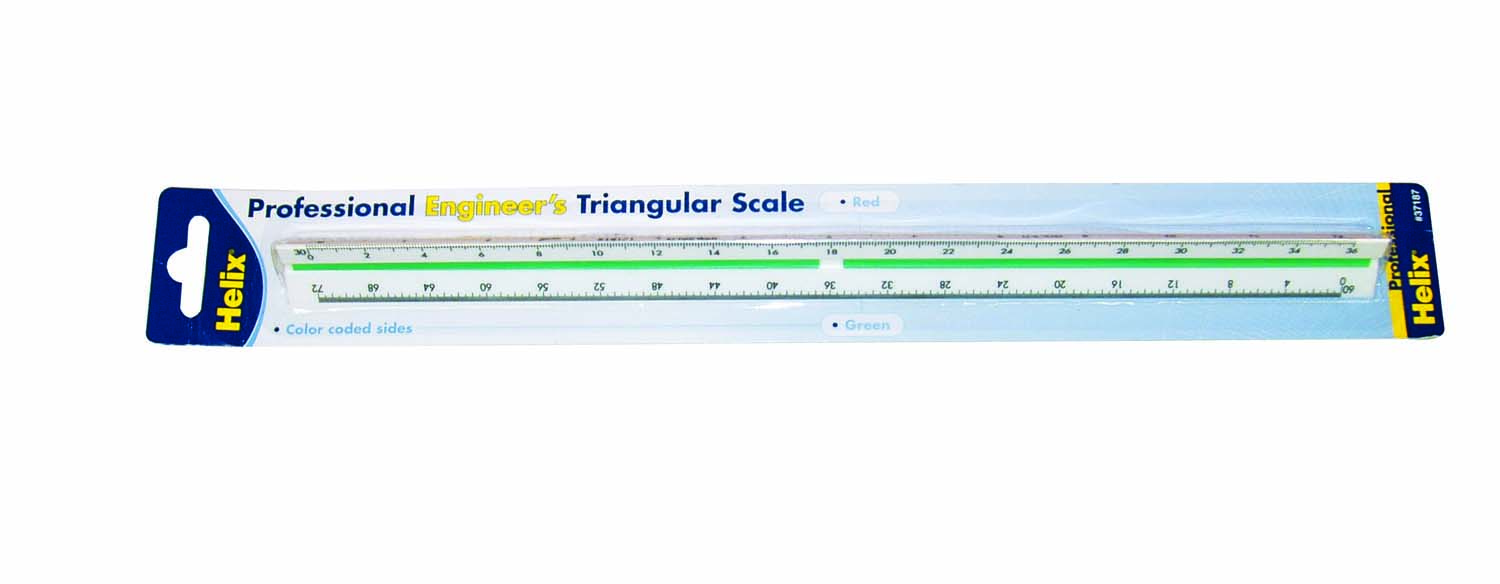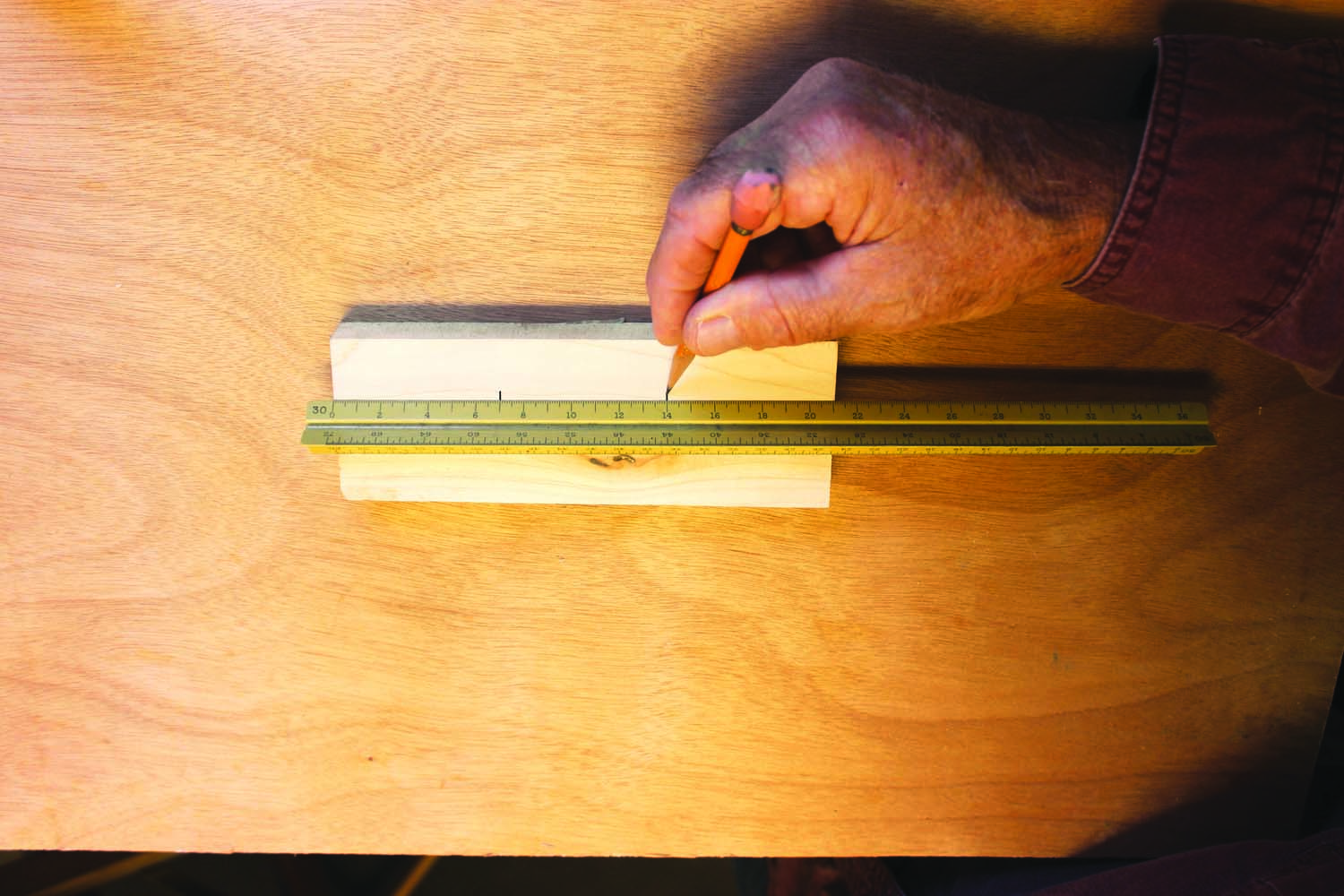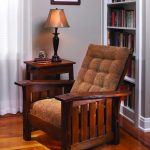We may receive a commission when you use our affiliate links. However, this does not impact our recommendations.

We may receive a commission when you use our affiliate links. However, this does not impact our recommendations.
Making equal divisions on parts isn’t always straightforward when it comes to dividing fractions. On a recent trip to my local office supply store, I found a drafting tool that has become a valuable addition to my shop; a triangular engineer’s scale. It’s a six-edged ruler with a different scale on each edge; full size, half size, one third size, one fourth size, one fifth size, and one sixth size.
 Initially, I used it to find the center of a part by measuring the part’s length and then using the half size scale to find the center point. This worked great. Then I realized I could also use the ruler to divide a line into as many as six equal lengths. This works really well for laying out fasteners, dowels, and inlays.
Initially, I used it to find the center of a part by measuring the part’s length and then using the half size scale to find the center point. This worked great. Then I realized I could also use the ruler to divide a line into as many as six equal lengths. This works really well for laying out fasteners, dowels, and inlays.
Be sure you buy an engineer’s scale, not an architect’s scale. The units are in 1/10 graduations. The scale marked “10” is full size, the “20” scale is half size, the “30” scale one third, and so on.
Here’s how it works. If I had a board that was 7″ long and I wanted to divide it into three equal lengths, I’d use the “30” scale, marking in increments of seven. If I wanted to divide an 11-1/2″ line into five equal segments, I’d use the “50” scale and mark off at 11-1/2″ increments. Very handy! -Bill Wells
Here are some supplies and tools we find essential in our everyday work around the shop. We may receive a commission from sales referred by our links; however, we have carefully selected these products for their usefulness and quality.









